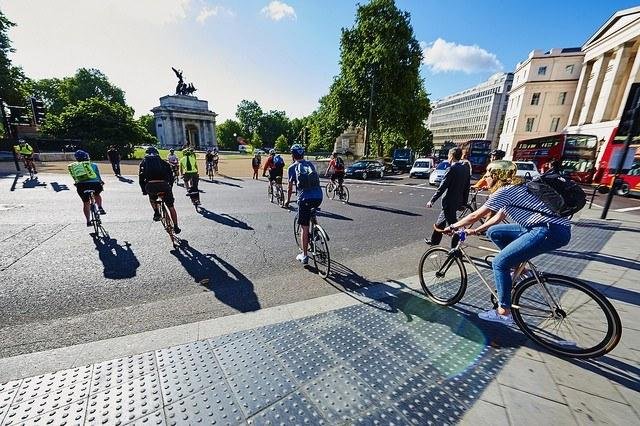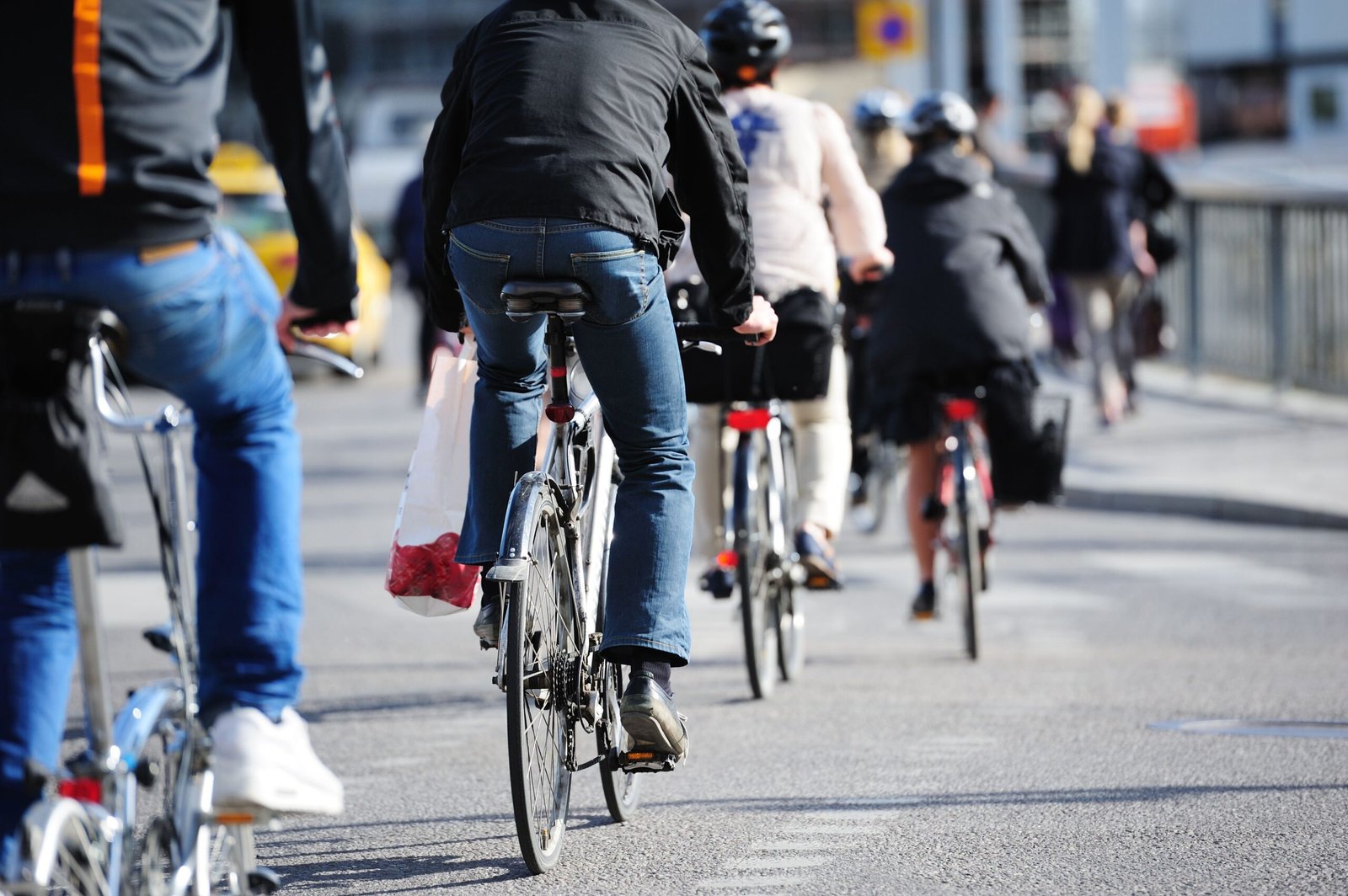An Overview:
Cycling is blooming. For convenience, expense, health and environmental reasons, more and more people are turning to bikes and cycles as their primary means of urban transportation. The role of bicycles will play an essential role in the coming years in easing traffic congestion and improving urban air quality and public health. And it is impossible to ignore the part of e-bikes here; despite the many controversies, the companies have generated the authenticity of e-bikes as real bikes.

Cities, globally are preparing for the long transition out of lockdown. The physical distancing measures will be in place for coming time and will impact on all walks of life. COVID-19 pandemic is providing an exciting opportunity to reshape the mobility of cities. To do so, electric bicycle-centred plans: positioned as an alternative to public transport at a time when attempts are being made to maintain social distance, conclude the electric bicycle is the future of urban transport.
New cycleways are being introduced in many cities, allowing healthy habits started during the lockdown. The key obviously, lies in redesigning cities as nobody should have to fear for their life if they choose to move around by bike. Bicycled also make sense in colder cities with the addition of the electric motor, they are a perfect way to get to work without getting sweat. If bicycles are a significant part of our urban traffic, it can be made part of our urban traffic discouraging the use of cars and automobiles. Also, things like closing off streets, buildings dedicated lanes, restricting street parking, can gain a higher potential.
Learning from the past:
Learning from the experiences from Vienna and Copenhagen, the following things can be helpful for the cities adapting cycling:
- Make sure there is a high level of commitment to boost cycling shares in the city and a concrete goal.
- Make sure there is a broad political commitment for cycling across all policy fields and stakeholders.
- Make sure there is sufficient administrative structure that should be able to cope with change, prepare credible documentation and communicate a thoughtful vision and message.
- Make sure there is a permanent improvement in cycling infrastructure supported by senior leaders.
- Make sure there is a high level of support for a public campaign on public awareness-raising to bring people to cycling.
Overcoming Challenges:
Stage 1: Cycling program is not a one-time project funding but ongoing sustainable funding to retrofit, build, maintain, improve, promote and grow the cycling network. Cities that lack good cycling infrastructure need to start to create momentum like trail projects, temporary bicycle parking project or cycle tracks. Tips to keep in mind if your city is embarking on a pilot project include:
- Keep decision-makers actively involved.
- Remind stakeholders that the risk is low because the project is reversible and can be removed if it doesn’t work.
- Give credits to decision-makers for success and vision.
- Using temporary status to tweak the project and correct problems.
- Demonstrating and there are mainstream demand and popularity.
- Demonstrating the common objects are not grounded.
Stage 2: Once a city has experienced even a very small success, a sustainable program can be considered. This involves both creating a cycling master plan and adopting other policies to modify the existing transportation planning and design process.

There are numerous models to wind funding for cycling networks in a city. A bicycle is generally seen as a suitable means of transport for short distances. The optimum cycling distance is approximately 2.5km and it is important to consider the short distances and the impact on travel demand too.
- A number of high profile cities around the world are placing big bets on bikes emerging as a major type of human transportation. Copenhagen, over half of all commuters, cycle to work every day, along 200 miles of dedicated bike lanes.
- The German city of Hamburg has taken significant steps to prioritise travel by bike and on foot.
- In China, cities like Beijing, Shanghai, Shenzhen and Guangzhou, citizens have embraced bike-sharing programmes with alacrity.
- In UK, the government has announced 2 billion of investment in measures to promote walking and cycling in England over the next five years.
The new cycling infrastructure is more likely to be effective when it developed based on analysis of the best available data. City planners, politicians and citizens need to act to ensure that the transport interventions made during the pandemic crisis are of maximum benefit now.



